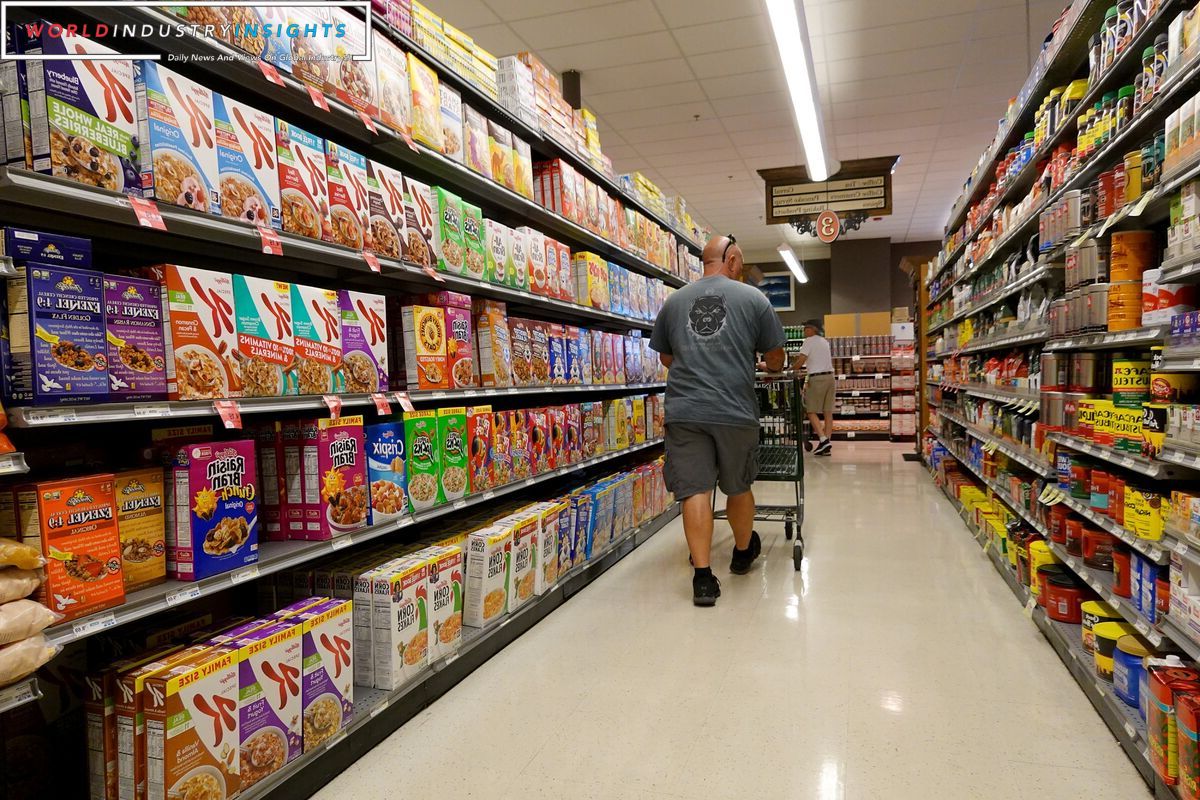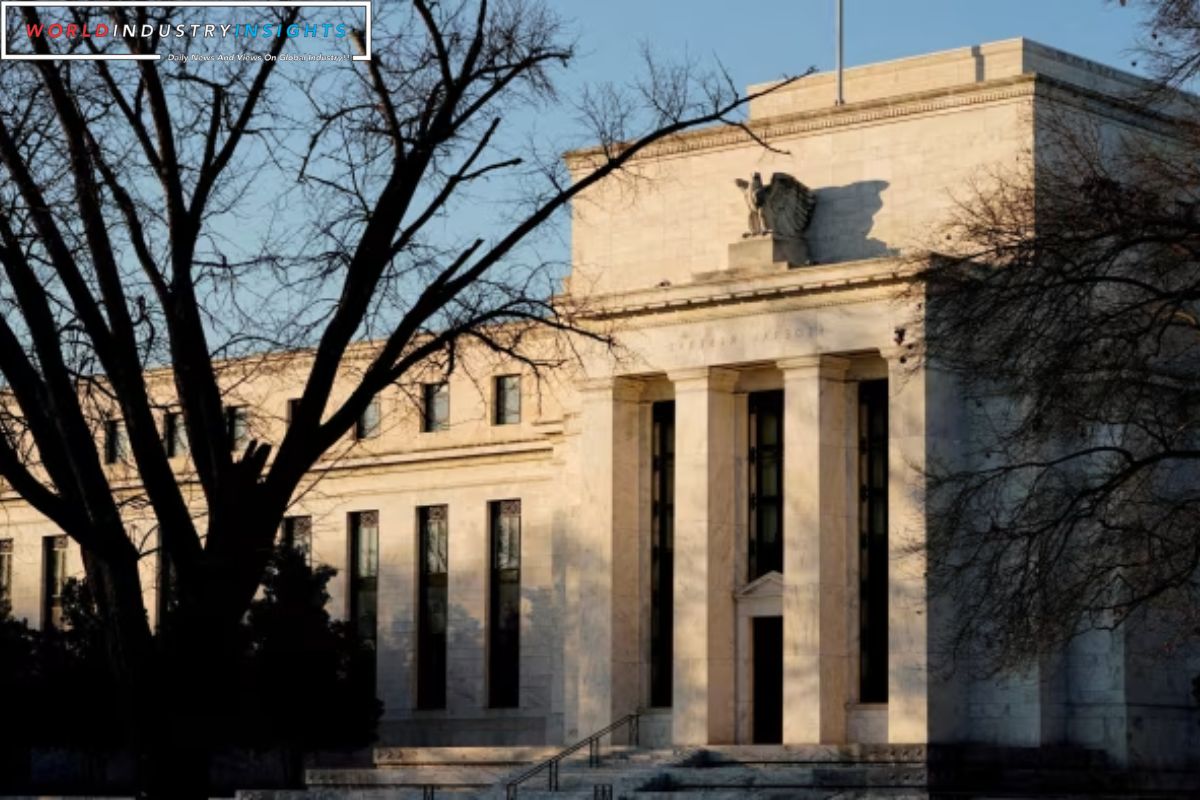US Consumer Prices Defy: In an unexpected turn, U.S. consumer prices saw a rise in November, driven by increasing rents that more than compensated for the decline in gasoline costs. This development suggests that the Federal Reserve is unlikely to shift towards early interest rate cuts next year.
The Labor Department’s report on Tuesday unveiled that used cars and trucks prices rebounded after five consecutive monthly drops, contributing to a boost in underlying inflation. Health care and motor vehicle insurance costs also recorded an uptick. These slightly firmer inflation readings come on the heels of last Friday’s data, revealing accelerated job gains in November and a drop in the unemployment rate to 3.7%.
Despite pressures urging early and swift Fed monetary policy easing, housing price pressures continue to play a significant role in the inflation narrative. Kurt Rankin, a senior economist at PNC Financial, emphasized the need for scrutiny in evaluating calls for rate cuts, stating that the Fed won’t make such moves until inflation’s drivers are genuinely under control.
The Consumer Price Index (CPI) edged up 0.1% in November, following a month of stagnation in October. Gasoline prices fell by 6.0%, but increases in natural gas and electricity offset this decline. Food prices increased by 0.2%, with grocery food prices ticking up by 0.1%. In the 12 months through November, the CPI rose by 3.1%, slightly down from October’s 3.2%.
While inflation remains above the Fed’s 2% target, the financial markets adjusted their expectations of a rate cut from March to May, according to CME Group’s FedWatch Tool. The Fed is expected to leave rates unchanged on Wednesday, signaling confidence that the policy tightening campaign has concluded.
Also Read: Market Ballet: Investors Tread Softly Amid Inflation Nerves and Fed’s Grand Performance
The core CPI, excluding volatile food and energy components, rose by 0.3% in November, driven by increased rents. Owners’ equivalent rent, a measure reflecting homeowners’ rental expenses, also saw a 0.5% increase. With rental inflation potentially moderating next year due to increased vacancy rates, services inflation remains a sticky point, rising by 0.5%.
A temporary surge in used cars and trucks prices, a 0.6% increase in healthcare costs, and a 1.1% rise in health insurance costs contributed to the underlying inflation. Cheaper apparel provided some relief, with prices declining by 1.3%.
Goods prices experienced deflation, dropping by 0.7%, while core goods prices fell by 0.3%. Communication, recreation, and airline fares became more affordable. The core CPI rose by 4.0% on a year-on-year basis in November.
Although some details in the CPI suggest firmness, economists anticipate cooler readings next year. The overall trend in inflation, coupled with improving consumer inflation expectations, offers optimism despite potential challenges in the path ahead. High inflation has impacted President Biden’s approval ratings, making the outlook for 2024 elections uncertain.
In conclusion, while challenges persist, the data suggests a potential reduction in inflation by the end of the coming year, albeit with some bumps in the road, according to Richard de Chazal, a macro analyst at William Blair in London.


